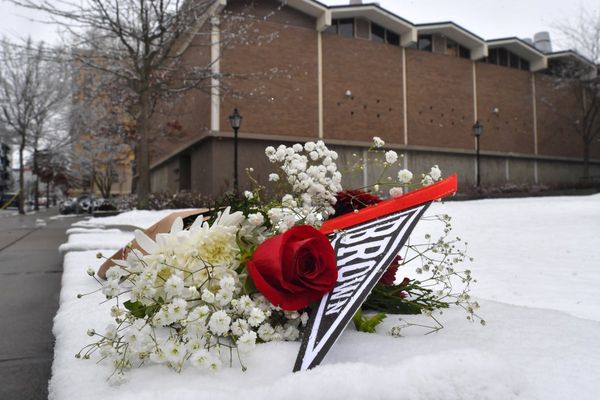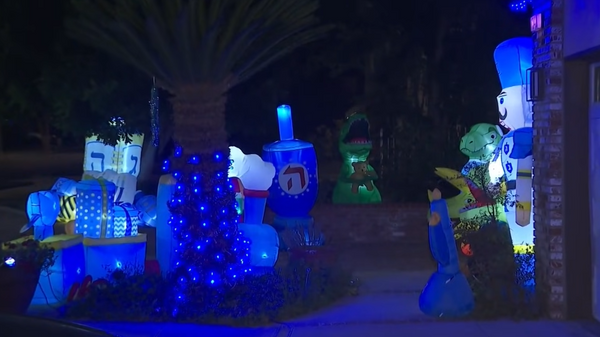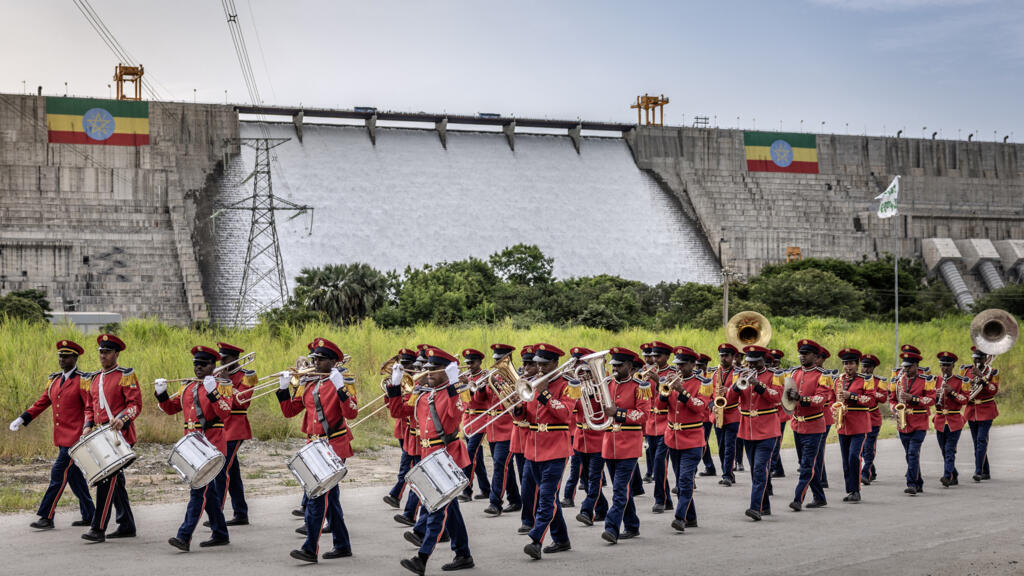
The Grand Ethiopian Renaissance Dam (GERD), located on the Blue Nile in Ethiopia, has finally been inaugurated. While many celebrate its potential to boost the country’s economy, concerns persist in neighbouring Egypt and Sudan over possible water shortages.
The GERD, located along the Blue Nile, in Guba, Benishangul-Gumuz region, is expected to produce more than 5,000 megawatts of electricity, doubling Ethiopia’s current output, part of which will be exported to neighbouring countries.
Construction of the dam began in 2011 and has raised concerns in neighbouring Egypt and Sudan about a potential reduction in downstream water levels.
Tensions remain high with Egypt describing the development as a security risk, arguing that it could lead to drought downstream. A joint panel to discuss the sharing of the Blue Nile water has been set up.
Ethiopia's controversial mega dam on the Blue Nile 'now complete'
Ethiopia's pride
However, Ethiopia insists that the towering dam will not only benefit its more than 100 million people, but also its neighbours, and describes it as an opportunity for the country to become Africa’s leading electricity exporter.
Ethiopian Water Minister Habtamu Itefa said his country has no intention of harming any of the neighbouring countries.
“So the way forward is to work together for more investment. Let’s join hands to propose more projects that can benefit all of us, wherever they may be. This can be scaled up to Nile Basin countries - to Uganda, to Tanzania, to Rwanda, to DRC, to South Sudan, to Kenya, to Ethiopia, to Egypt as well,” he said.
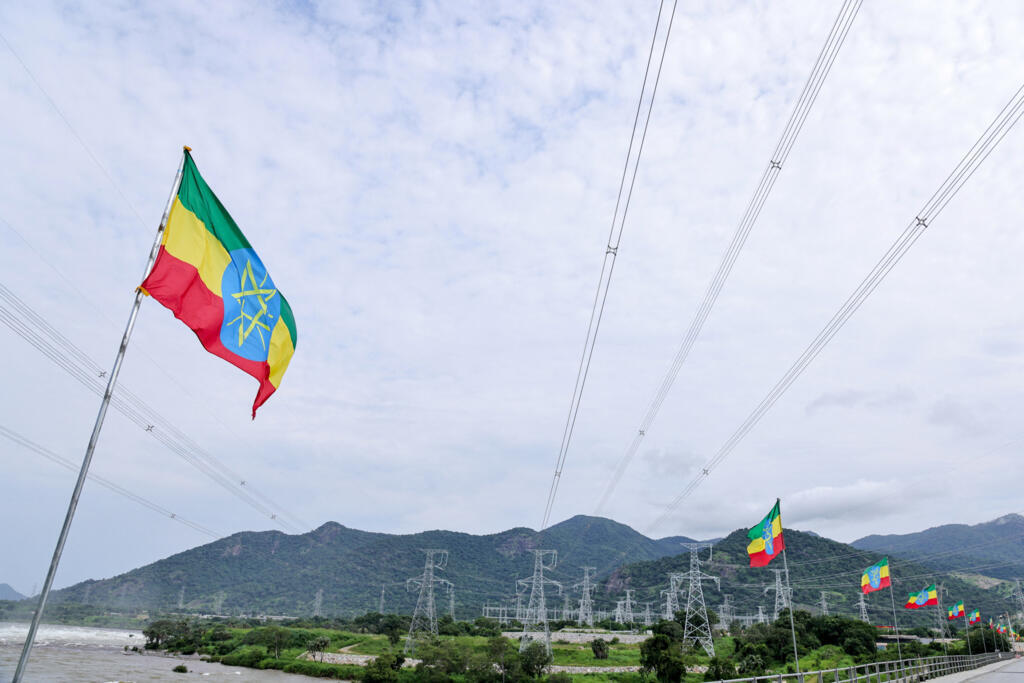
Public effort
The project has created strong regional tensions, "raising fears in Sudan and Egypt about its impact" on the Blue Nile's course," Tsegay Tekleselassie, an economist at Wellesley College in the United States, told RFI. "However, there is no doubt that this is a very important moment for Ethiopians."
The Renaissance Dam was built with national resources, Tekleselassie added, as many international organisations did not want to finance it. As a result for Ethiopians, it represents a strong symbol of the country's independence and sovereignty.
"The dam was financed from the national budget, but also through the purchase of bonds by individuals," he said. "So everyone, every worker, bought their bonds. There was also the contribution of public companies and loans from local banks. Because of its symbolic importance, people are very proud and enthusiastic about it."
The dam is also seen as a unifying force in Ethiopia, as there are many ethnic divisions.
"So the government is using it as a unifying symbol, but also to gain credibility with the people. There will certainly be a lot of emotion among Ethiopians during this inauguration."
Providing electricity
Nearly half of Ethiopians currently lack access to electricity.
"The country has a very large population, with 130 million inhabitants," Sonia Le Gouriellec, lecturer in political science at the Catholic University of Lille, France, told RFI.
"There is a real challenge in providing electricity and achieving the country's economic ambitions. Numerous special economic zones have been opened with the aim of providing electricity to everyone."
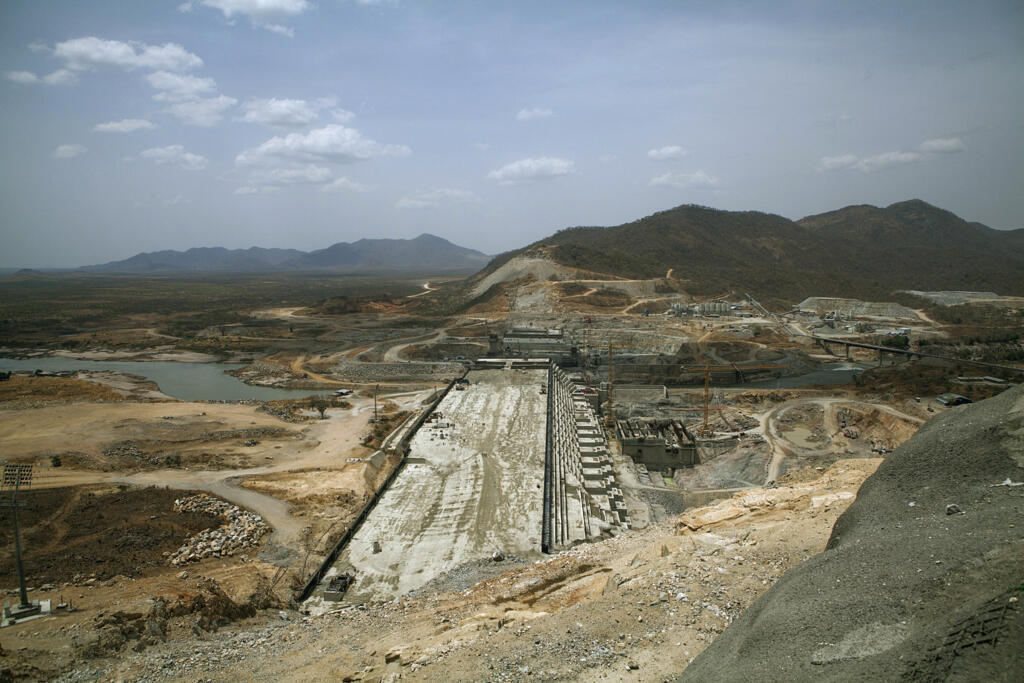
Water experts in downstream Egypt say the dam has reduced the amount of water the country receives, however, and the government has had to come up with short-term solutions such as reducing annual consumption and recycling irrigation water.
“Egypt was able to overcome this shortage through Egypt’s High Dam, which has a water reserve that is used to replace what was lost due to the GERD. But we can’t always rely on this reserve for water supply,” said Abbas Sharaky, a professor of geology and water resources at Cairo University.
Ethiopia resumes filling Nile mega-dam reservoir angering downstream nations
For Sudan, experts say seasonal flooding has decreased during the dam’s filling, but they warn that uncoordinated water releases could lead to sudden flooding or extended dry periods.
"What is currently under discussion is the absence of clear and binding rules for its management in times of water stress," Le Gouriellec told RFI.
"Egypt has always had a consistent position on this issue: all possible upstream exploitations should have a legally binding written agreement, with clear rules of operation, on how these waters will be managed over time, particularly in times of drought. And that, for the moment, is absent."
So, although the Ethiopian Prime Minister invited Sudan and Egypt to come to the inauguration, the invitation is diplomacy and nothing concrete has been signed off.
"That bothers them a lot. And what we fear is that the conflict could be exported to other areas, for example to Somalia," Le Gourielle said.
Egypt and Sudan's greatest fear is that in the case of a drought, the Ethiopians will not release the necessary volume of water stored by this dam.
"There is a lack of clear, binding rules on the management of the Nile's waters," Le Gouriellec added.
Reassurance
Ethiopian Water Minister Habtamu Itefa has pointed out that so far, the water levels recorded downstream during the dry season were “three to four-fold what they used to get before the dam.”
“This means, at the expense of the dam we built, they can have their irrigation land. Three to four-fold, they can increase that, because we are providing more water during the dry months. It is a blessing for them,” said the Ethiopian minister.
Yacob Arsano, who teaches hydro politics in the Nile Basin at Addis Ababa University, said Ethiopia was “very careful” with the design and planning of the dam to ensure water flows downstream throughout the year.
“Egypt continues to receive the water. Ethiopia continues to send water. So that is the remaining fact and for which how to organise such a shared use of water resources depends on the two sides. All of the upstream and downstream countries need to sit down properly and soberly,” he said.
(with newswires)

